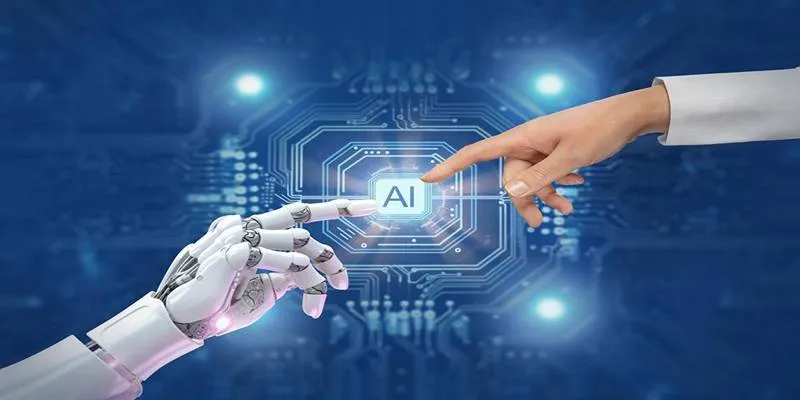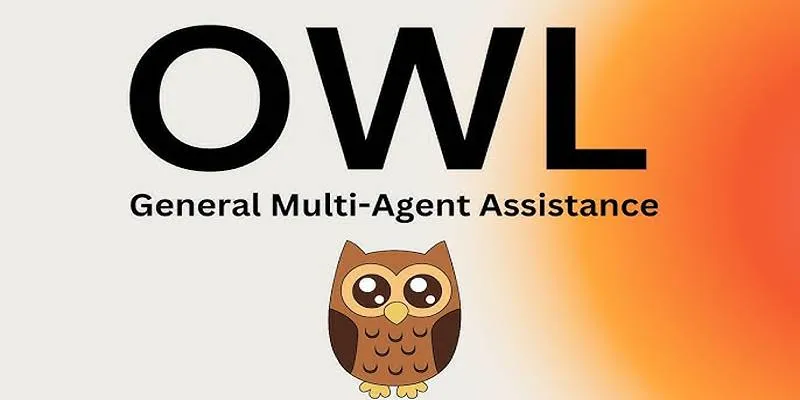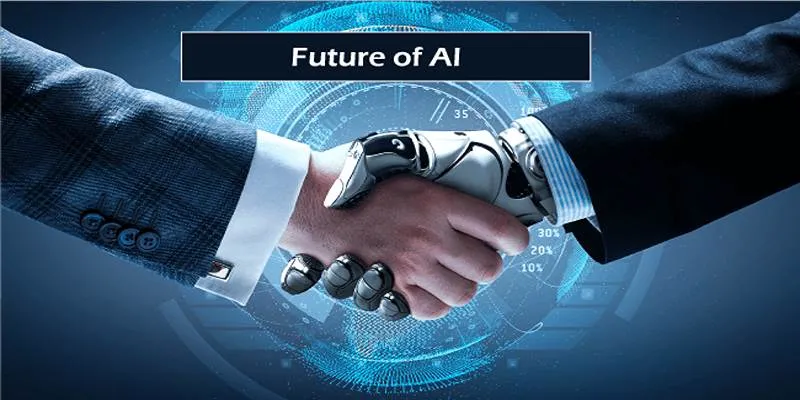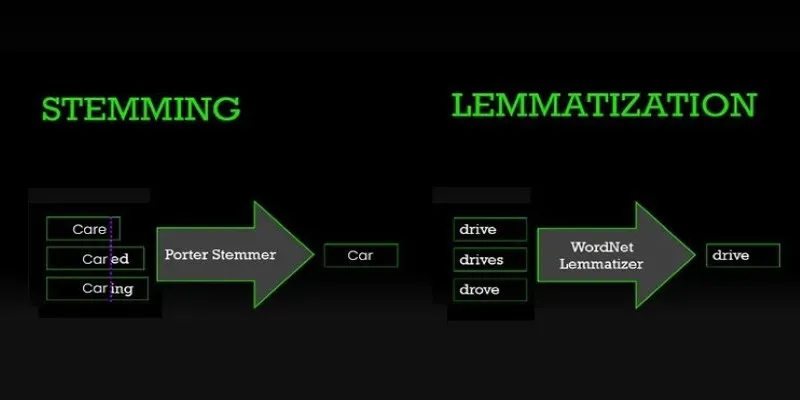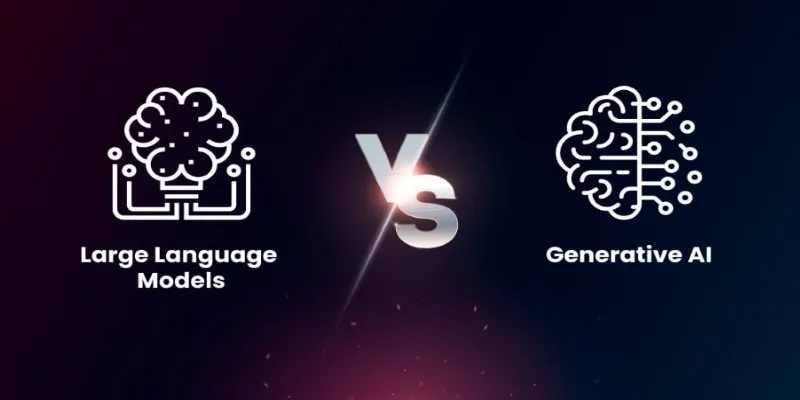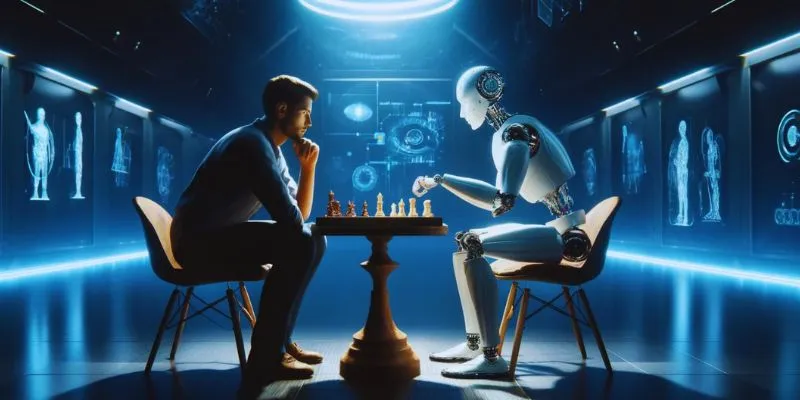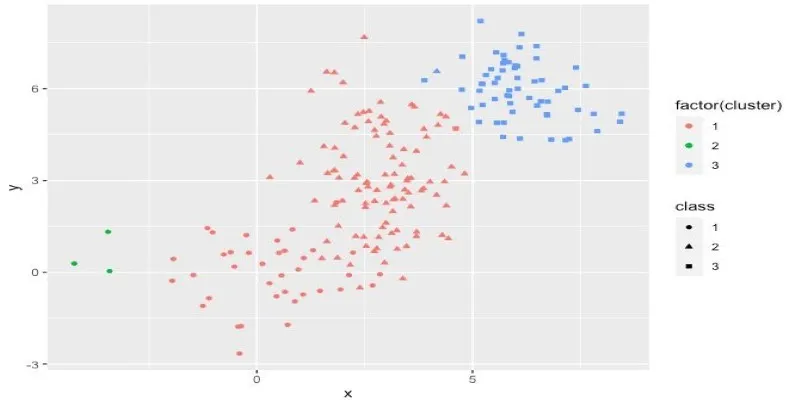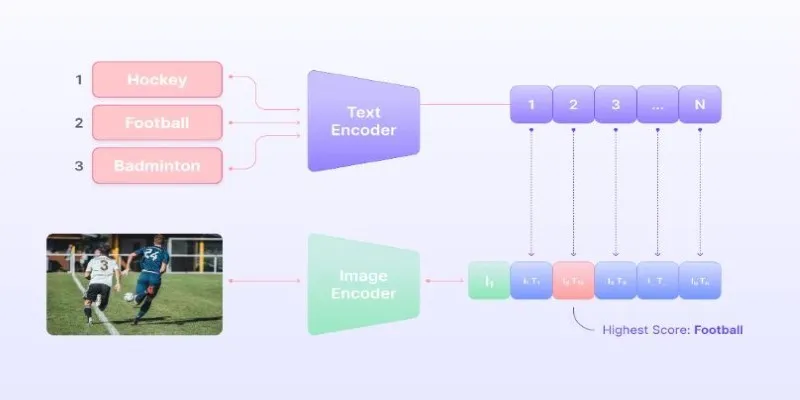Artificial intelligence (AI) has transformed from a science fiction concept into a crucial part of our daily lives. It powers search engines, recommends videos, filters spam, and even writes essays and drives cars. Despite its advancements, the ongoing comparison between artificial intelligence and human intelligence sparks debate.
Is AI truly intelligent, or just a clever simulation? Can it match the depth and flexibility of the human mind, or is that a limit it can never cross? In this article, we delve into how both kinds of intelligence work, where they differ, and what each is capable of achieving.
The Nature of Thinking: Mechanism vs. Experience
Human intelligence is shaped by years of learning, emotion, and memory. It is tied to experiences—personal and social—that influence decision-making in ways machines cannot fully replicate. A child who learns not to touch a hot stove doesn’t just remember the pain; they develop a broader sense of caution. Emotions, even when inconvenient, help humans respond to the world in complex ways, involving instinct, moral judgment, and empathy.
In contrast, artificial intelligence is built on algorithms and data. Its “thinking” depends entirely on patterns it is trained to recognize. When a machine learns to distinguish between a cat and a dog, it does so by processing thousands of labeled images, not by understanding animals. AI identifies based on statistical likelihood without truly “knowing” what a cat is.
This fundamental difference shapes everything. A machine can beat a human at chess, but it doesn’t “know” it won or care about the outcome. A human, whether they win or lose, experiences emotions—pride, frustration, or curiosity—that contribute to human intelligence’s richness and unpredictability.
Learning Styles: Adaptation vs. Optimization
Humans and AI learn in fundamentally different ways. Human learning is flexible; we can transfer knowledge from one area to another. A pianist, for example, may find it easier to learn another instrument. Similarly, someone familiar with language structure might find learning a second language easier. Our brains connect ideas across domains, fostering creativity and original thinking.

Artificial intelligence, particularly current models, learns through narrow training. It excels at specific tasks, sometimes surpassing human capabilities. However, outside its training, AI struggles. A model trained to analyze medical scans cannot suddenly write poetry unless specifically programmed and trained to do both. This specialization makes AI powerful yet limited in general understanding.
Humans also learn from minimal data. A child can grasp the concept of a zebra after seeing only a couple of pictures, whereas AI requires thousands. This ability to make broad assumptions from limited information is something AI is only beginning to approximate. Despite its computing power, AI lacks the intuitive reasoning that people develop early in life.
Creativity, Emotion, and Common Sense
A frequently debated topic is AI’s creativity. Some argue AI can be creative, citing machine-composed music or AI-generated paintings. However, such creativity is based on patterns learned from existing works—remixing rather than inventing from scratch. Human creativity involves risk, contradiction, and original thinking that breaks away from known patterns. Great art is not just about form; it’s about expression, intention, and context.
Emotion plays a significant role, too. Humans integrate feelings into every aspect of thinking, even logic. Decisions in business, relationships, and science often involve a blend of reason and instinct. AI can simulate empathy in chatbots or mimic human tone but cannot truly understand or experience emotion.
Common sense is another area where AI falls short. Humans inherently know that an upside-down cup won’t hold water or that a suitcase won’t fit in a drawer. These simple facts are part of humans’ natural understanding of the world, which machines struggle with. AI’s understanding is data-driven, often missing context or making odd choices with everyday tasks.
Speed, Scale, and Limits
AI has strengths that human intelligence cannot match. It processes vast amounts of data quickly, spots patterns invisible to the human eye, and operates without fatigue. In industries like finance, logistics, and healthcare, this provides AI with a significant advantage. It doesn’t forget, get bored, or require breaks. For tasks involving repetition or large-scale analysis, AI is an ideal tool.

However, these advantages come with limitations. AI lacks ethics unless coded into its system, and even then, it lacks judgment from real-world experience. It can make biased decisions if trained on biased data and fail unexpectedly when encountering unknown scenarios. In short, it doesn’t know what it doesn’t know.
Human intelligence has its boundaries—we forget, make emotional decisions, and tire—but these flaws make us human. We adapt, reflect, and ask why, not just how. Our limitations often lead to new solutions because we think beyond our past performance boundaries.
Conclusion
Artificial intelligence is transforming the world powerfully. It’s faster, more precise, and tireless in ways humans cannot be. However, despite its strengths, it remains a tool—a system designed to simulate thinking rather than replicate the full range of human experience. Human intelligence, with its flaws and feelings, still holds a depth AI doesn’t reach. Comparing the two highlights what machines can do and reminds us of what makes human thought unique. AI might match us in some tasks, even surpass us, but it doesn’t replace the mind behind the machine.
 zfn9
zfn9


